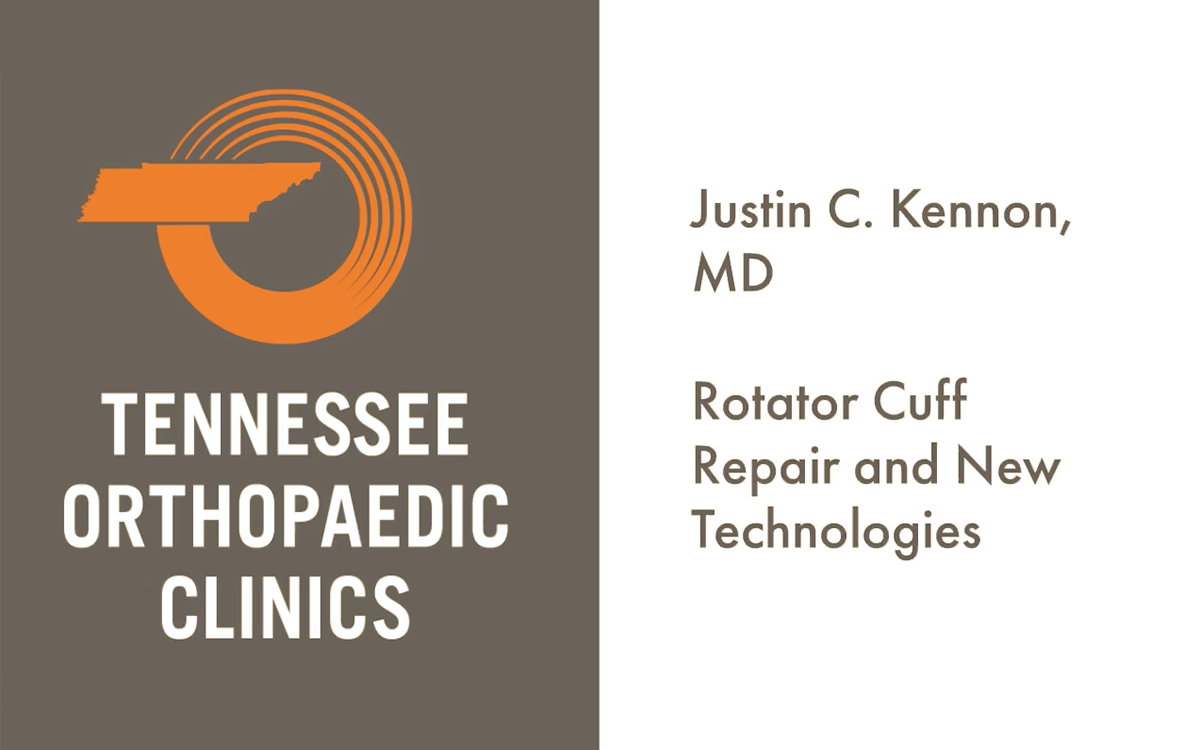A common problem that we see in patients who have shoulder problems is what we call rotator cuff tears. Little tears that develop in the tendons deep down inside our shoulder, around the ball of our shoulder. The reason these happen can obviously be from some kind of trauma or fall, which is what most people would think would be the cause of that. Often, it is the cause.
As we go through life and age a little bit and get some wear and tear, unfortunately, one of those things that can happen is that we start developing some little tears in our rotator cuff tenant. Over time, as those tears get a little bit bigger and bigger, then eventually they do start causing symptoms and we start to have some pain in our shoulder and say, “Hey, my shoulder’s hurting.” Ultimately, we find it’s because of a tear in the rotator cuff.
As far as treating rotator cuff tears, there are different options. Sometimes if tears are quite small or, relatively asymptomatic and people still have good function, in other words, they can move their shoulder well, and they have good strength or aren’t really too limited by it then we can treat that without surgery, sometimes with physical therapy or cortisone injections as well things like that.
Obviously, if the tear is more significant and we can see on an MRI and they’re having more and more pain and dysfunction that isn’t responding to non-operative treatments, then oftentimes we need to do surgery, to go in and repair the tear with an arthroscopic surgery, which is done through little, small, tiny incisions with a camera, where we go inside the shoulder and we can repair the tear by putting little anchors and stitches inside to reattach it. It does take some time to heal and the patient has to be in a slang for a while and do physical therapy. It can be a somewhat lengthy recovery time, but usually results in a much better shoulder that’s pain-free and functional.




